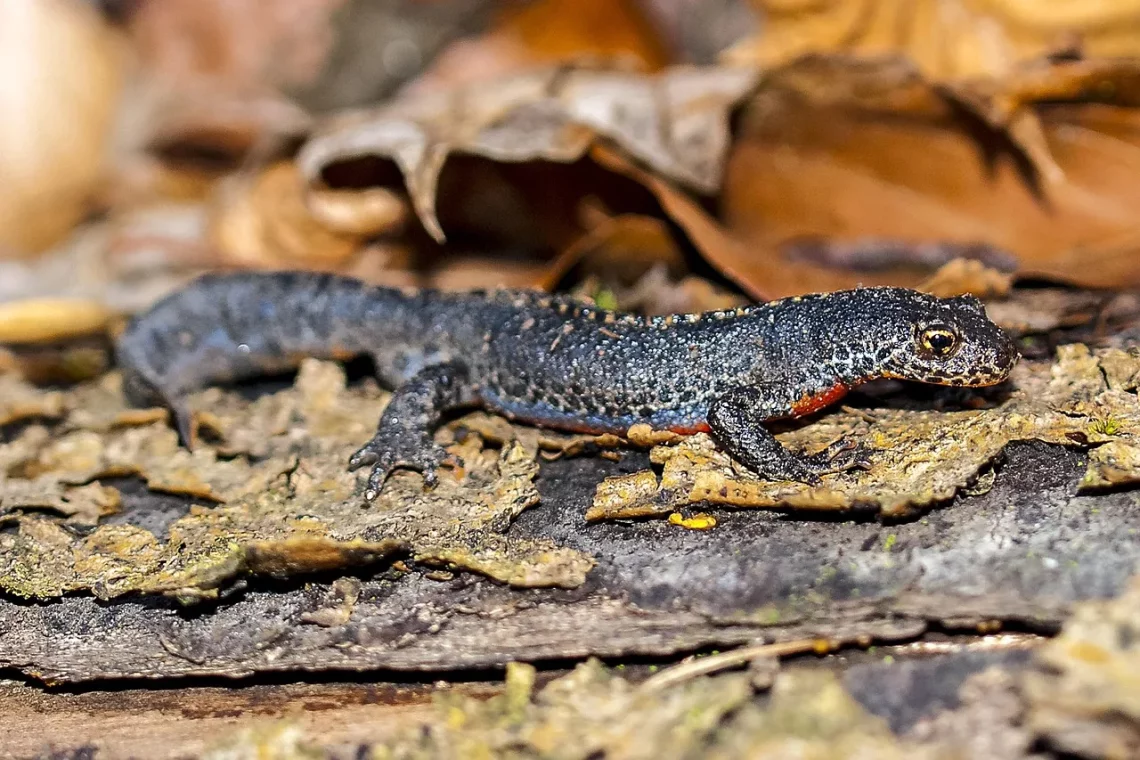-
The Fascinating World of Bat Light: Nature’s Nighttime Wonders
The world of bats is often shrouded in mystery and misconceptions, yet these remarkable creatures play a vital role in our ecosystems. As the only flying mammals, bats are equipped with unique adaptations that allow them to thrive in the dark, navigating and hunting with extraordinary precision. One of the most fascinating aspects of their behavior is how they interact with light, particularly during nighttime outings. While many people may think of bats as creatures to be feared, they are actually beneficial to our environment, pollinating plants and controlling insect populations. The contrast between their enigmatic nature and their essential ecological functions paints a vivid picture of the complexity of…
-
Discovering the Fascinating Life of the Red Bellied Newt
The red-bellied newt, a captivating amphibian, has intrigued naturalists and wildlife enthusiasts alike for generations. This small creature, native to North America, is a remarkable example of nature’s diversity and adaptability. Found primarily in the moist habitats of the eastern United States, particularly in regions with ample freshwater sources, these newts exhibit a fascinating array of behaviors and characteristics that set them apart from other amphibians. Their vivid coloration, especially the striking red hue on their bellies, serves as a warning to potential predators about their toxicity, a clever survival strategy honed through evolution. But beyond their vivid appearance, the life cycle, habitat preferences, and ecological significance of red-bellied newts…
-
Exploring Wildlife Food Sources: Nourishing Nature’s Creatures
Exploring the intricate web of life on our planet reveals a fascinating interplay between wildlife and their food sources. Every ecosystem is a delicate balance of organisms, each relying on the others for sustenance and survival. The food sources available to wildlife vary dramatically across different habitats, from sprawling forests to arid deserts. Understanding these sources not only sheds light on the diets of various species but also highlights the importance of biodiversity in maintaining healthy ecosystems. Wildlife has adapted to utilize the resources available in their environment. Herbivores graze on plants, while carnivores hunt other animals, and omnivores consume a mix of both. This dynamic relationship emphasizes the significance…
-
Exploring the Mysteries of Jungle Valleys and Their Unique Ecosystems
The allure of jungle valleys is captivating, drawing countless adventurers, researchers, and nature enthusiasts into their depths. These verdant havens are often shrouded in mystery, presenting a unique interplay of flora and fauna that thrives in the humid embrace of the rainforest. With towering trees that seem to touch the sky, lush undergrowth, and a cacophony of sounds from wildlife, jungle valleys offer a glimpse into a world that many have yet to experience. The ecological significance of these areas cannot be overstated. They serve as vital habitats for countless species, some of which are found nowhere else on Earth. The intricate relationships between organisms within these ecosystems create a…















